Feature: Reviews
SECA 2013
The SECA (Society for the Encouragement of Contemporary Art) award given out every two years since its inception since 1967, is arguably the most venerable and visible of its type in the Bay Area; an exhibition honoring what SECA and SFMOMA curators* deem “notable Bay Area artists” who are then commissioned to create new works which are displayed with much fanfare and aplomb with the requisite catalog, essays and splashy opening flavored with a smattering of local glitterati.
For the next few years, SFMOMA as physical space for exhibiting art will not exist as it's essentially half-demolished in an ambitious expansion that will see its size expand by double. What will that mean and what form will the transition take?
The key term here is “offsite”, and indeed right now the museum is overseeing exhibitions at The Contemporary Jewish Museum as well as in various other locations in Silicon Valley. Keep that term in mind as it will be made more significant later. First, some background should be established to keep this in perspective.
Let's be clear that art dealers have as much sway as academic curators and perhaps the latter is as much a problem as the former. As noted by Peter Dobey in a recent column for the San Francisco Arts Quarterly:
“Simultaneously, in a predictable backlash against commercialization, curators and burgeoning fields of “visual culture” have tried their damnedest to make the viewing of art an intellectual task devoid of fun or beauty. This has successfully manufactured a breed of art that is largely incomprehensible to the average viewer and aesthete alike.”
This creates a dilemma - does the art escape the trappings of the market or is it so navel-gazing and/or propagandistic that it escapes all but the most devoted and already inclined minds? What really is the task of art at the end of the day? Shouldn't it be more than a quest to disprove the confirmation bias of academia and the market leanings of successful galleries? What of collectors and benefactors? As Kenneth Baker once noted:
“In short, the SECA exercise seems to be more about educating potential museum benefactors - who begin by donating their time and enthusiasm than about a talent search.”
So where then does one begin? Perhaps with work that demands the most of the viewer – work that both succeeds and is somewhat problematic and most not at place in a museum.
Set within a most sumptuous setting, David Wilson’s Arrivals asks much of us – starting with physical access. If you’re disabled or elderly – this piece would be an ordeal if you choose the route the artist suggests. It begins with picking up a lovingly detailed map that outlines a meandering course rivaling the ones set out by Jeff Hull’s Games of Nonchalance in its nuanced sense of how detail relates to experience. It includes a stop at Josh Faught’s site-specific installation in the historic Neptune Society Columbarium along the way, as well as a pass by Andy Goldsworthy's towering Spire. When you arrive at your destination you’ll find yourself in a Eucalyptus grove overlooking the Presidio cemetery and a sweeping view of the Golden Gate bridge. Here you’ll find an obelisk-like wood-framed drawing of a large drawing of a elegant and striking landscape from further up north in our state. It will be left to the elements to decay and warp naturally. There are six accompanying audio recordings of private musical “happenings” that take place at the site. Viewers are able to experience them in analogue fashion with the touch of a button in a nod to egalitarianism with an unintended hint of irony.
The work is well-made and fits well within the currently in-vogue sort of California New Psychedelia that can be seen in the most chic of commercial or artist run galleries. Its saving grace is perhaps unintended, for the trees that surround it are non-native like the art placed in it. One day in time, they will both be gone.
Jonn Herschend's mockumentary Stories from the Evacuation effectively evokes the films of Noah Baumbach and comes off less twee as much of both men's previous work. I call the 22 minute 23 second video a mock-documentary as it provides a fictionalized account of SFMOMA's last weeks of transition time before their recent closure.
Partly what makes the video so worthwhile and notable is its accessibility as it is available to see 24/7 on the web. As noted in the copiously appointed press kit, it is “uncomfortably on–site and off-site.”
The narrative ostensibly is one that presents a wryly writ accounting of the museum's vigorous transitioning while descending into the metaphorically rich hint of a “love triangle or romantic affair” that is suspected by the boyfriend of a female art consultant who has a large role to play in the fictionalized move. It feels a bit artificial at the end and is perhaps meant to, but the ambition of the piece is admirable and well worth your time. Oakland-based conceptual artist and noted “shop dropper” Packard Jennings (Jared) makes a hilarious cameo that works beyond being a hip reference to a prominent local art figure.
Zarouhie Abdalian's Occasional Music is perhaps the most ephemeral of these works and I mean that literally as opposed to figuratively. It consists of five brass bells erected on rooftops around the center of Frank H. Ogawa Plaza in downtown Oakland across from City Hall. They are set to go off at varying times and are programmed to accelerate or decelerate at “random intervals” - making each listen a unique experience.
In recent years, activists renamed the plaza Oscar Grant Plaza, and the artist recounted to me that the work is meant to be a response to the area's resonant and complicated history. Her work delivers a feeling much like that of hearing a ritual tintinnabulation of bells – a ritual motif common among many different races and societies. Perhaps the universality it skillfully and thoughtfully summons is what makes it successful even as it stretches the concept of accessibility a tad. The times are listed on SFMOMA's website and if you have the time off, you can provide witness to the subtle hint of spectacle.
I felt the most successful and least forced of all these site-specific works was Josh Faught's heartfelt and historically well-contextualized installation BE BOLD For What You Stand For, BE CAREFUL For What You Fall For. His installation is interspersed throughout the only non-denominational cemetery in San Francisco; which houses some more than eight-thousand dead souls (or their remains if you are not religiously inclined). His work consists of hand stitched and hand dyed hemp sculptures that revel in campy adornment such as silly or pointedly political buttons, greeting cards or calendar pages. Here’s a quote, for example:
“Sorry I missed church. I was busy practicing witchcraft and becoming a lesbian.”
It fits in, in a place where many casualties of the AIDS epidemic are buried. It moved me deeply and what makes it work so well is its natural placing in a setting where the art is aired to a great and palpably felt degree. In the last 25-years, the Neptune Society Columbarium's caretaker and historian Emmitt Watson has lovingly kept the dead alive through free public tours. He had this to say:
“One man liked to drink martinis, so his family brought his favorite martini shaker to put his ashes in. One man was a baseball fan his whole life, and his ashes are in a ceramic baseball.”
The whole place is filled to the brim with stuff like this and Fraught's work almost melts into it, but still holds a spectral power that doesn't overwhelm its location but serves to enhance. To describe it too much is to miss the point – it must be experienced, personally, to feel it.
What about the response to other awards of this type? Consider the case of The K Foundation Award given in 1994 by the KLF (Jimmy Cauty and Bill Drumond), The Yes Men of the 90’s dance music scene:
"Two months prior to the Turner Prize, the K Foundation announced their own art award: of £40,000 (double the sum of the Turner Prize) for the worst artist of the year, which would be awarded on the same night as its rival. The four Turner Prize nominees made up the shortlist, and the award was publicized through a series of full-page ads in the national press. The ads invited the public to be the jury, using the ballot paper and P.O. box provided. The winner would be revealed in a commercial break during the live TV broadcast of the Turner Prize ceremony."
What was the result of all this? Well, an emotional Rachel Whiteread ended up accepting the money donating it to charity and the whole mess made national headlines:
Invective stunt aside, is this award a fair gauge of where contemporary art is in the Bay Area at this moment? I posed this question to curator and critic Anuradha Vikram, who had this to say:
“It's nice to have something local that's a benchmark for artists. But most artists get SECA fairly early in their careers and that's it, the Bay Area is maxed-out for them. Or they will never get it because their work doesn't conform stylistically to the SFMOMA's tastes (which run close to those of the market). Let me then add that for some artists SECA leads to other opportunities outside the Bay Area and they can choose to stay here but show their work elsewhere (ex. Desiree Holman). But it's no guarantee of future success and there are artists just as visible or more so who never got SECA (ex. Stephanie Syjuco).”
Also older artists generally have not received a SECA nod. One such artist, Mark Dukes (whose work was once chosen by Vikram in a regional survey show), is a good example of a veteran who has been included in multiple local juried shows as well as one who has received critical accolades. Representation and youth clearly play some role in the selection process made by SECA members who are mostly comprised of collectors and local art dealers.
The question we are left with is this: Does this exhibition rise above being merely categorically market ready and driven or academically proven? The answer is yes, but not a resounding one. It works at times, due to the situation it finds itself in – an enforced bravery that actually succeeds perhaps more than it should. I say that because, this show clearly has a purpose and says something about our regional perspective as opposed to being a categorical market qualifier.
If this show is successful (even if not wildly so) we are left with another question – why did it take a museum to be remodeled and shut down, for a show like this to happen? It's a question well worth consideration.
The next SECA show very well might be another one like this considering their schedule, but announcements are far off so I’m merely speculating. Clarity is needed and while there’s a verdict, a grade will not suffice. If this is the best show I have seen thus far from the SECA organization, why hasn’t there been one like this before? The answer to that remains to be seen, but this show deserves the debate it inspired in me.
* correction - in addition to SECA and SFMOMA curators, previous SECA award nominees and local curators are involved in the nomination process. Awardee selections are entirely made by SFMOMA curatorial staff.

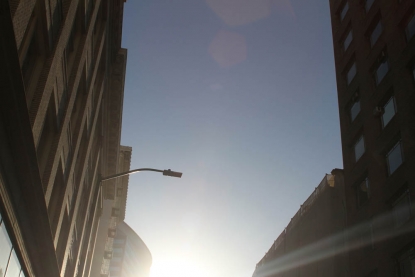
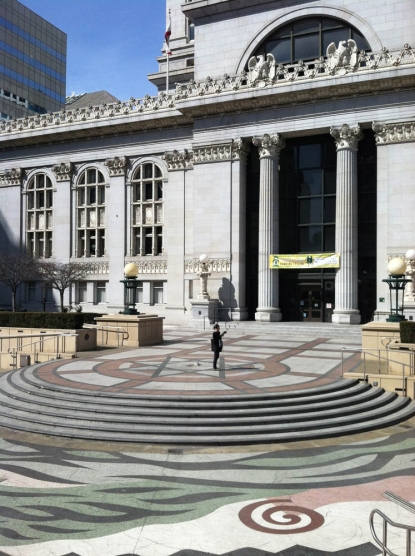
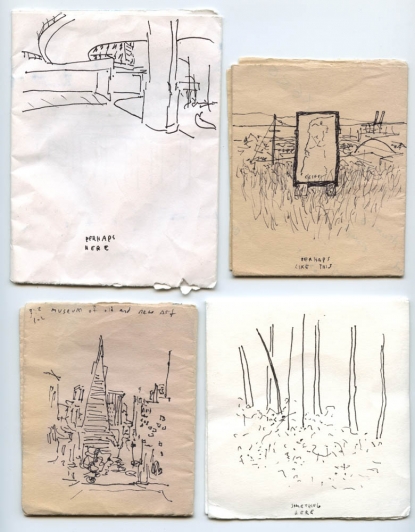
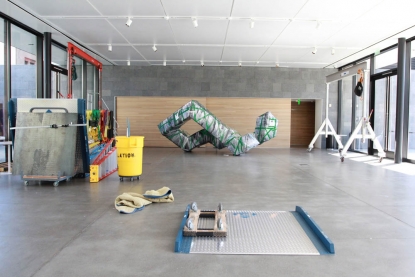
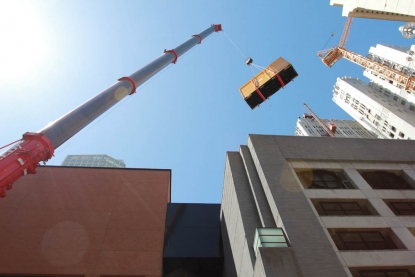
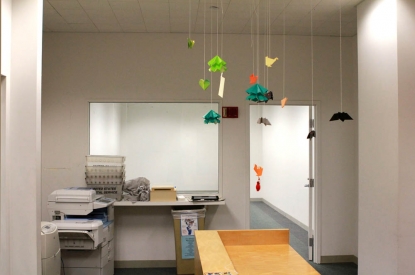
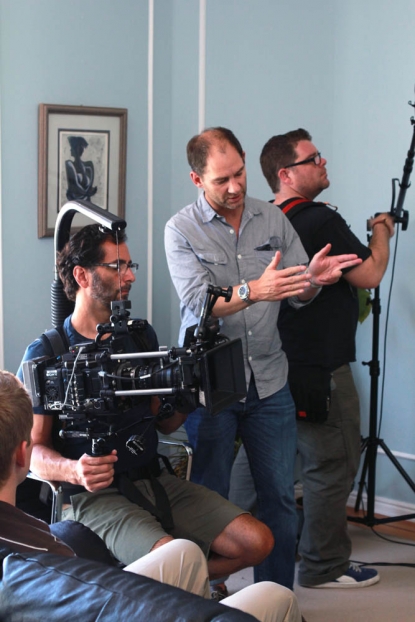
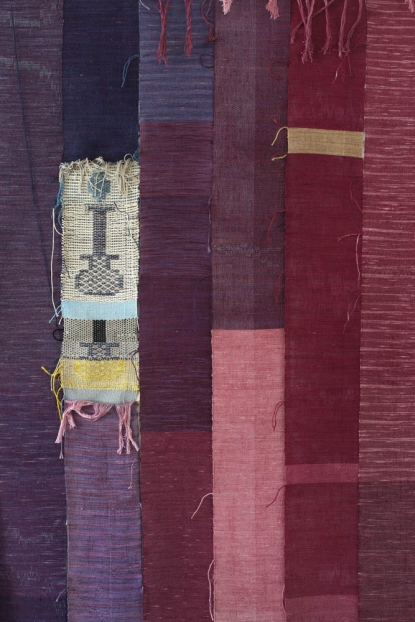
As long as these awards are skewed toward younger artists and those with academic connections, the more they will have in common with ArtForum’s Flavor of the Month. Is united in an international style all the Bay Area aspires to?
Mat Gleason • December 16, 2013